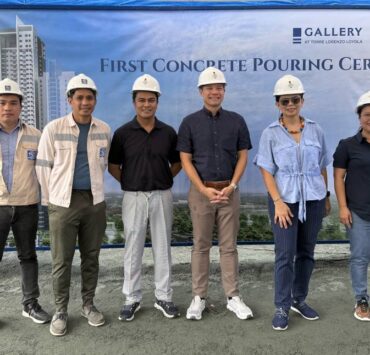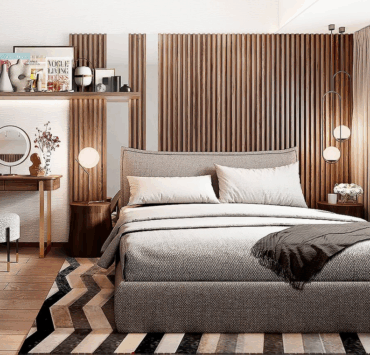The rise of amenity-driven living
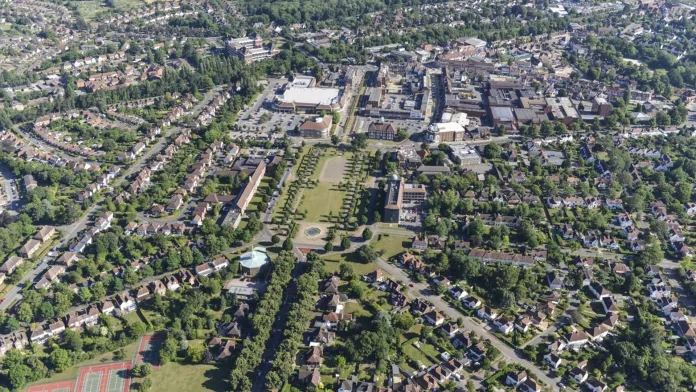
It’s amazing to see how the real estate game has evolved and become more ambitious today. Early real estate luminaries have set standards that led to how properties are built and enjoyed in modern times.
Residences, for example, were initially focused on providing basic amenities–shelter, water, electricity, and security. But as the population grew and developers became more competitive, demand for more elaborate living spaces emerged.
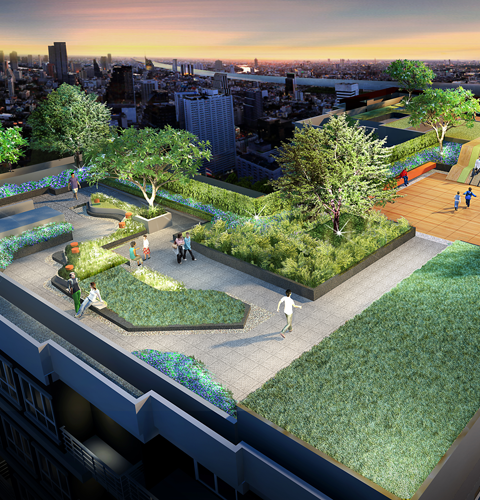
Garden cities
The concept of garden cities was a revolutionary step in how we perceive living spaces.
Ebenezer Howard, an English town planner, pioneered the integration of urban amenities with the natural beauty of the countryside. His idea later inspired property developers to combine comfort, community, and recreation in whatever type of real estate property they built.
Take the concept of apartments for example. Breaking from their “low cost” image in the mid-19th-century, developers reinvented apartments by elevating the shared spaces and amenities they offer to residents.
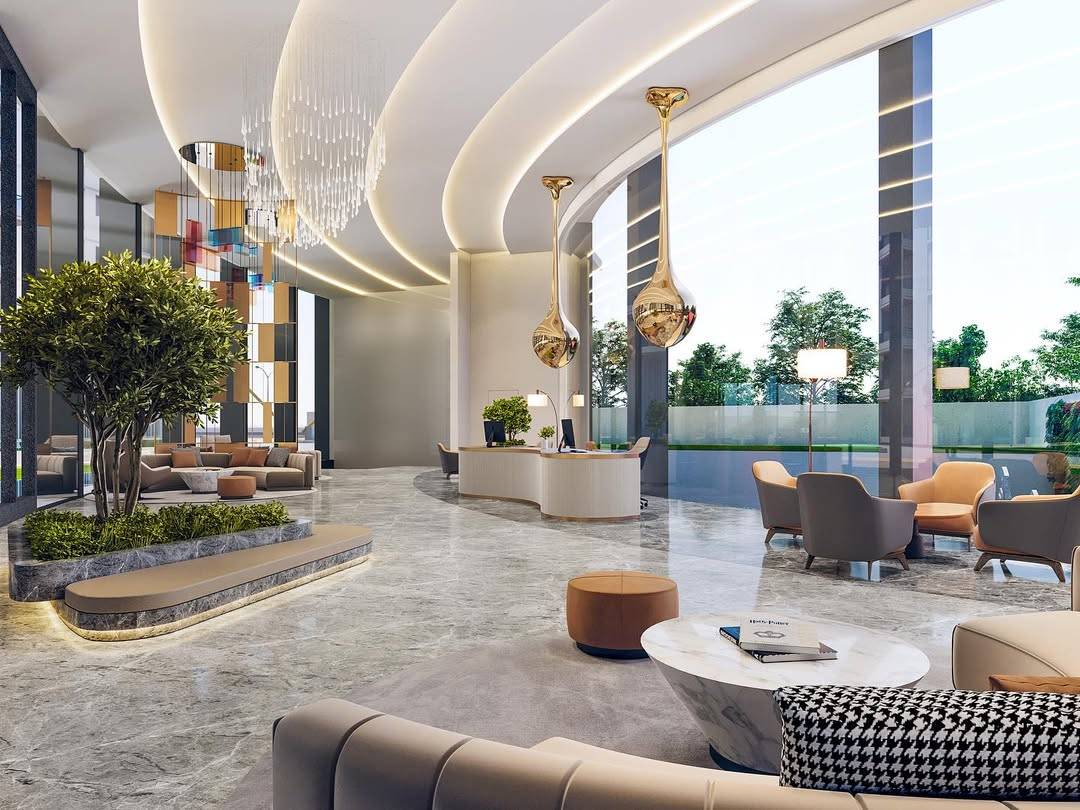
Industry experts would note the emergence of modern and large apartment buildings in the early 20th century. These came with elevators, central heating, and other conveniences shared by the tenants.
Those from the upper middle class and richer patrons were offered additional amenities such as leisure facilities, delivery and laundry services, as well as communal dining rooms and gardens.
Incorporating such special and accessible amenities in a building subdivided to include several residential units created a desirable living situation for many people.
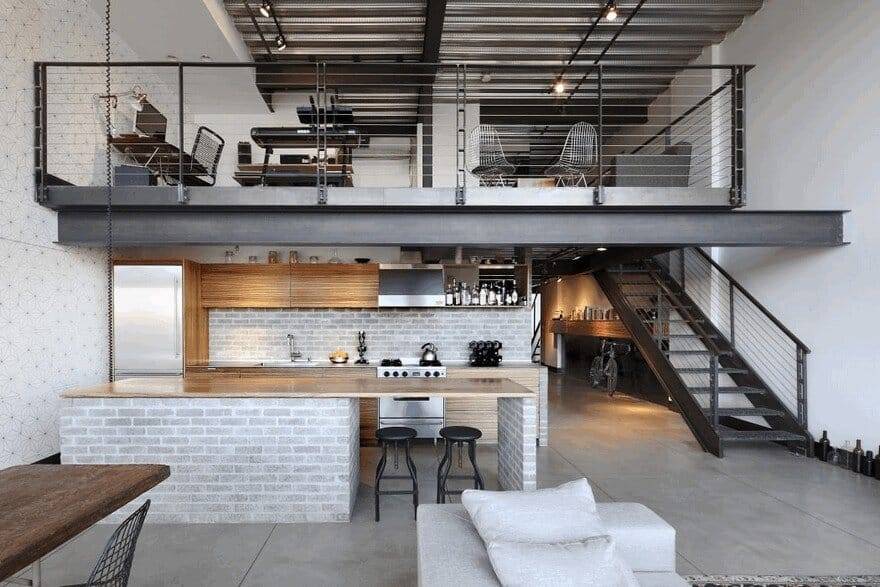
Emergence of condos
Then condominiums emerged. These are residential properties wherein individual units are owned separately, but the common areas and amenities are jointly owned by all residents.
These became popular after the first condominium development was established in 1960 in Puerto Rico, followed by the passage of the Condominium Act in 1961. This law provided a legal framework for condominium ownership and management.
Since then, condominiums have become increasingly popular globally, particularly in urban areas where land is scarce and expensive. The rise in demand can be attributed to changing demographics, urbanization, and the desire for homeownership with reduced maintenance responsibilities.
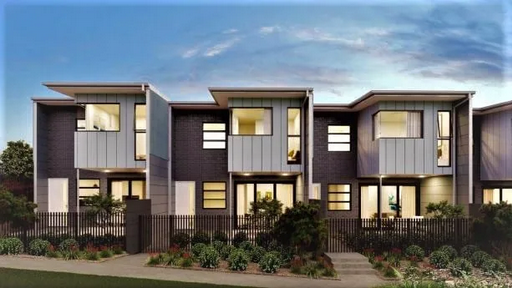
Townhouses and lofts
Cambridge University Press distinguishes the different condominiums.
Townhouse-style condominiums are designed as row houses, with each unit having its own entrance and often multiple floors.
Mixed-use condominiums combine residential units with commercial spaces, such as retail shops or offices, within the same building.
Loft-style condominiums are characterized by their open floor plans and industrial architectural features, often resulting from the conversion of former commercial or industrial buildings into residential spaces.
Developers of condominium and apartment buildings today don’t just put up residential structures–they build lifestyles of their tenants and homeowners.
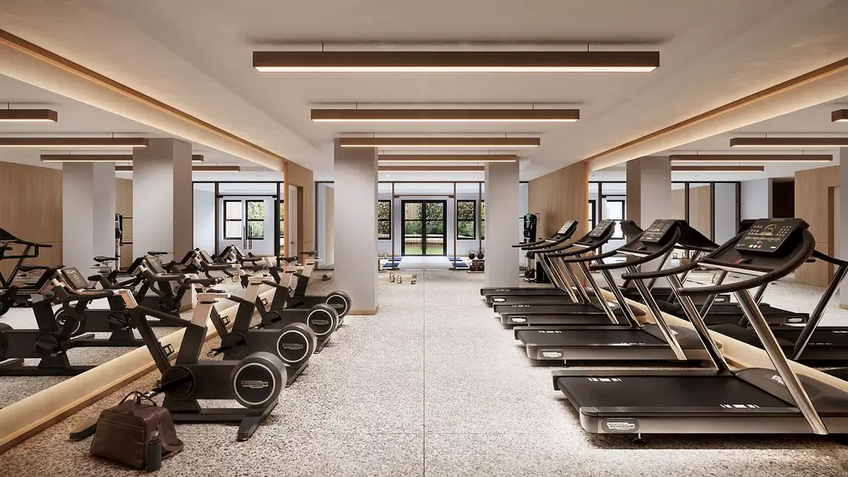
Wellness-focused amenities
Green spaces and gardens are, of course, part of the formula.
Swimming pools, clubhouses, entertainment rooms can be expected. Wellness-focused amenities like gyms, courts for different sports, and yoga centers are popular offerings. Some even have massage places to build a resort-like ambiance in their buildings.
Developers now offer a wide variety of specializ amenities to stay competitive and cater to the emerging trend of a well-rounded living experience.
Sources: heritagecalling.com, Britannica, dictionary.cambridge.org, spotblue.com














